With a rich but turbulent history, Cumbria is scattered with picturesque castles, tower houses, and stately homes with countryside views that take your breath away.
Some little more than a pile of historic bricks, others still eluding their opulent past with rich interiors and priceless artworks, there are castles in Cumbria to intrigue everyone whether families with young kids seeking a great day out, couples who enjoy hiking and taking in nature alongside their history, or culture vultures who enjoy castle museums.

10 Castles You Should Visit In Cumbria
1. Arnside Tower
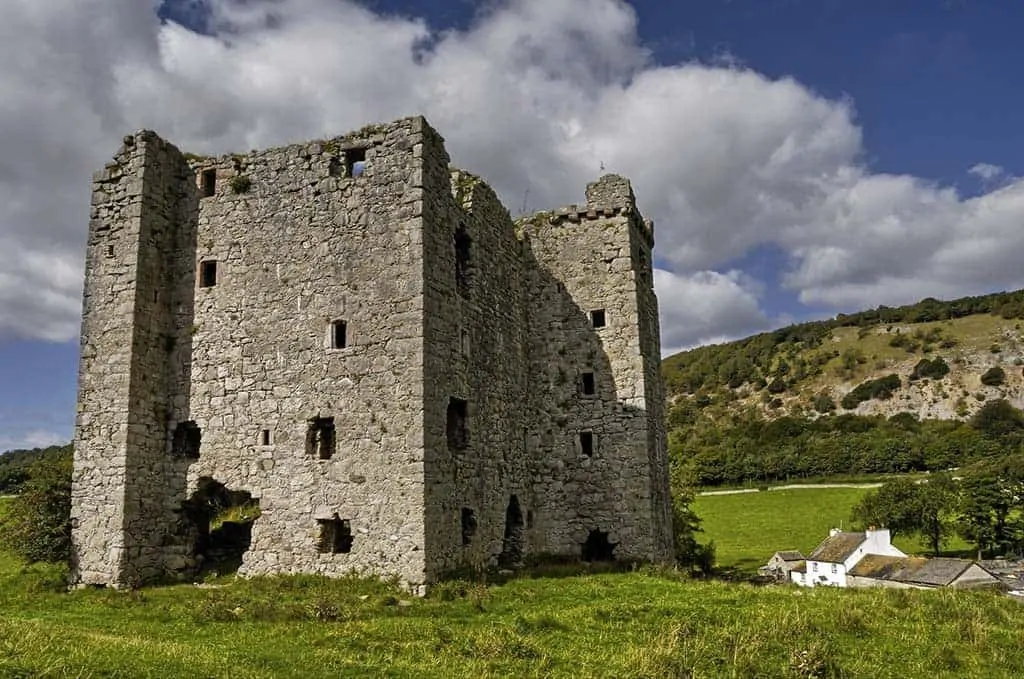
This free-standing tower house ruin has neither a roof nor a floor today but would have originally been four stories tall. Belonging to the De Broughton family, it was built to protect against Scottish invasions but suffered extensive (accidental) fire damage in the early 17th century after which it was rebuilt and lived in again.
At the end of the 17th century, at which point it was owned by Daniel Wilson of Dallam, the residential tower house was dismantled, the roof materials used at Beetham and Knowsley. The South wall was destroyed during a severe storm that has left this historic building almost split in two, a crumbling ruin standing forgotten in a field.
Where: Far Arnside, Carnforth
When: 14th-15th century
Style: Medieval
Open for visit: Grounds open 24/7
2. Brough Castle

The ruins of this picturesque castle date back to 1092 when William Rufus built his strategic castle on the site of an old Roman fort to protect Stainmore Pass from Scottish raids.
The seat of the Clifford family for 450 years, Brough castle was expanded in the 14th century with more comfortable living quarters added but a fire that started at a Christmas party in 1521 destroyed the castle, leaving ‘nothing but the walls’.
In the 17th century, Lady Anne Clifford restored the castle, but it was subsequently dismantled in the 18th century by another family member, the castle still standing in ruin today despite Lady Anne’s work to restore the seat of the family.
Where: Church Brough
When: 11th-12th century
Style: Medieval
Open for visit: Yes, check here for more information.
3. Brougham Castle
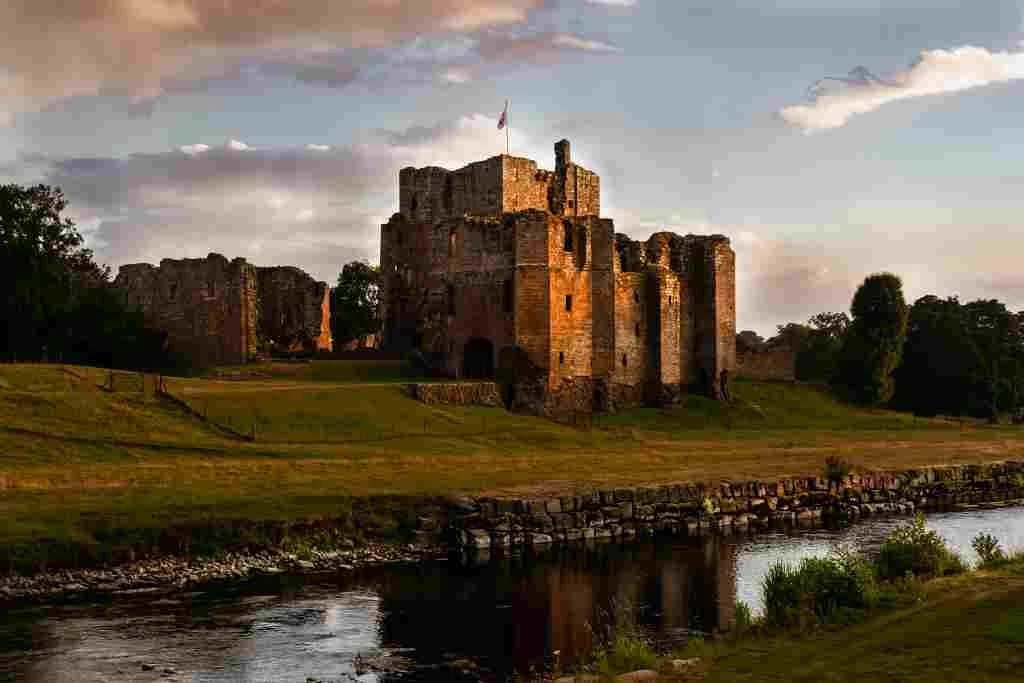
Founded by Robert I de Vieuxpont in the early 13th century, Brougham Castle was built opposite the site of an old Roman fort called Brocavum near the meeting point of the river Eamont and Lowther – a strategically important route through the Pennines.
Through the marriage of Robert I’s daughter Isabella, Brougham came into the hands of the Clifford family who renovated the castle in the early 14th century, building the Tower of League, building the gatehouse complex, and making the Keep taller.
Eventually, the castle came into the hands of Lady Anne Clifford who, as she did with Brough Castle, also renovated Brougham Castle. After her death, the castle fell into disrepair and has stood in ruin since the mid 18th century.
Where: Penrith
When: 13th century
Style: Medieval
Open for visit: Yes, check here for more information.
4. Carlisle Castle

This 900-year-old castle was built by William Rufus in 1092 on the remains of a Roman garrison fort close to Hadrian’s Wall. Captured by the Scots in 1135, the castle was retaken by the English in 1157 under Henry II.
Renovated and modernised over the centuries, Carlisle Castle became famous when Mary Queen of Scots was held prisoner here for 3 months in 1568, the castle later captured by the Jacobites and occupied by Bonnie Prince Charlie for just 3 weeks before being recaptured by the Duke of Cumberland.
Having endured more sieges than any other place in the British Isles, and continually inhabited, the rich history of Carlisle Castle can be explored on a visit as you explore the castle and grounds with Queen Mary’s Tower, the Wardens Apartment, and a military museum.
Where: Carlisle
When: 11th century
Style: Medieval
Open for visit: Yes. Check here for more information.
5. Kendal Castle
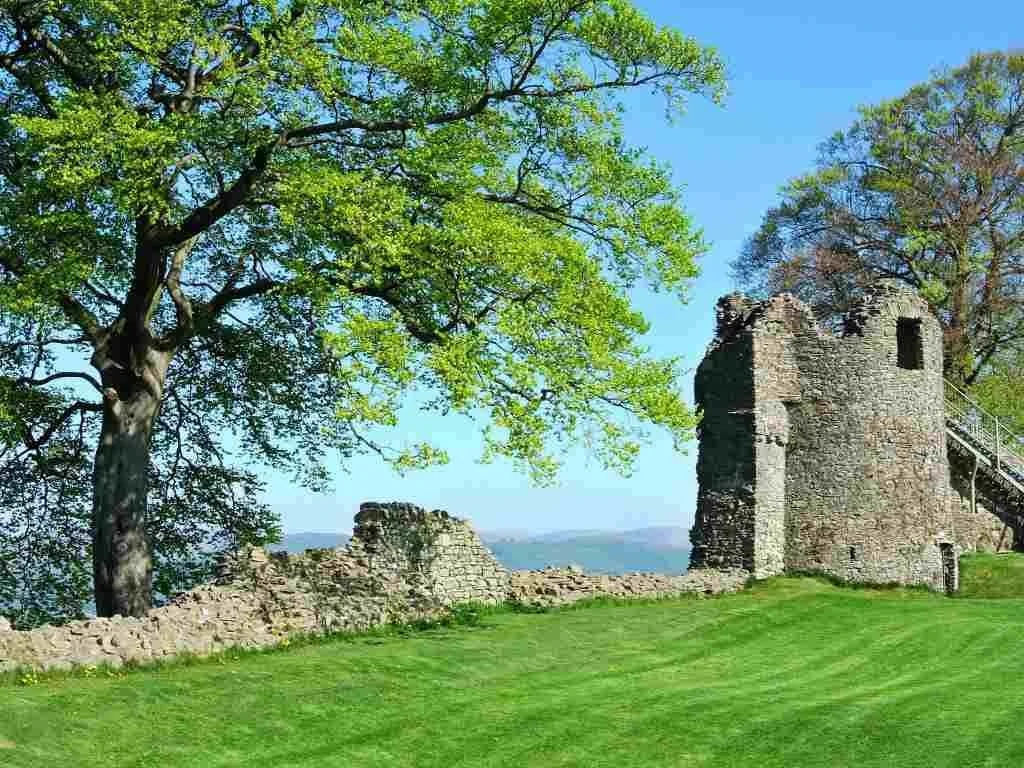
The remains of this medieval castle date back to just after the Norman Conquest when William II granted the Barony of Kentdale. The castle was built as a home and administrative centre for the barons of Kendal and passed, by marriage, into the hands of the Parr family in the 15th century.
The most famous member of this baronial family was Catherine Parr, the last wife of Henry VIII, but she was not born here as some believe. By the mid 16th century, during the Tudor reign, Kendal Castle had been abandoned in favour of city housing and has sat in ruin ever since with just 1 tower and only small parts of the castle wall remaining.
Where: Kendal
When: 12th century
Style: Medieval
Open for visit: Grounds open 24/7
Check out: The best castles in England.
6. Lowther castle

This imposing castle ruin, built on the site of 2 older mansions that date back to the reign of Edward I, was the seat of the Earls of Lonsdale since medieval times.
The grand ruin that is seen today dates back to 1806 and the fifth Earl of Lonsdale with the 130 acres of landscaped gardens once ‘the envy of the North’.
However, the upkeep of the lavish castle and gardens proved too much and it was abandoned after his death, the interiors dismantled, the building left to fall into ruin, and the gardens reclaimed by mother nature until 2011 when a restoration project was started that now sees the gardens returned to their former glory with the castle ruins a haunting yet beautiful reminder that nothing lasts forever.
Where: Lowther, Penrith
When: 19th century
Style: Medieval
Open for visit: Yes, check here for more information.
7. Muncaster Castle

This historic haunted castle has been the family home of the Pennington’s for 800 years, the building seen today is dating back to 1258 yet a building has stood on this site since 79AD!
Immaculate inside and out with views of Scafell and the Lakeland fells, visitors can admire the Great Hall, the octagonal-shaped library, and see the artworks and furnishings that have been passed down through the generations before walking around some of the 77 acres of gardens and visiting and visiting the on-site Hawk and Owl Centre.
Where: Ravenglass
When: 13th century
Style: Medieval
Open for visit: Yes. See website for details.
8. Pendragon Castle
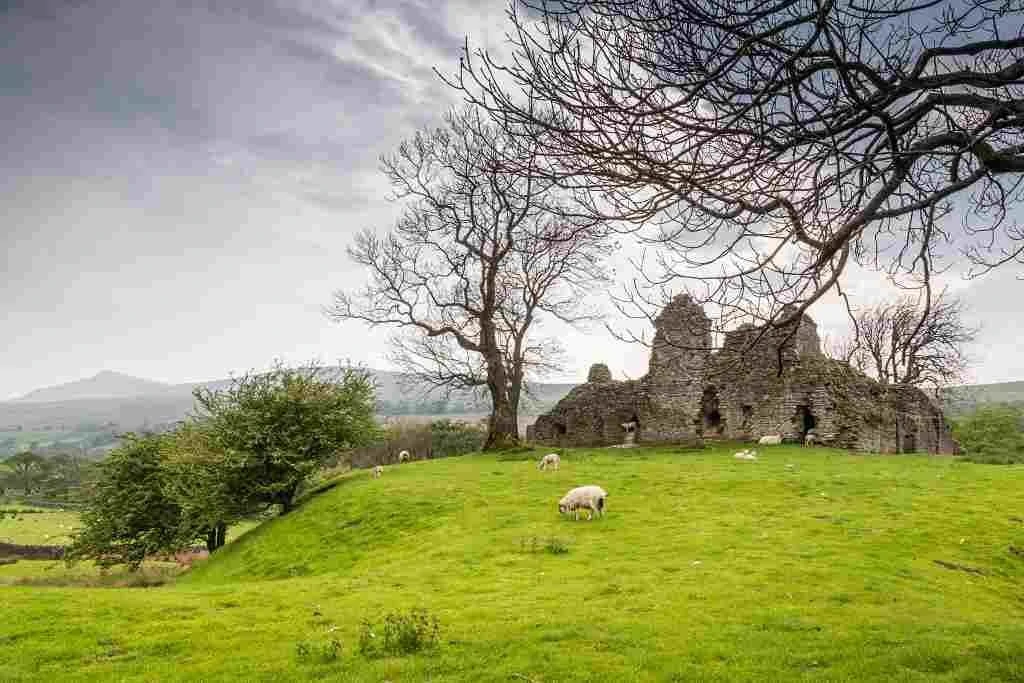
Legend has it that this mysterious ruined castle, also known as Mallerstrang Castle, was founded by Uther Pendragon, King Arthur’s father.
In reality, it was initially owned by Hugh de Morville, one of the four knights dispatched by Henry II to murder Thomas Beckett, the Archbishop of Canterbury. Pendragon Castle withstood successive attacks from Scotland until it was badly damaged in 1341.
Restoration work was carried out by the Clifford family in the mid 14th century and mid 17th century but after the Clifford’s died out, the castle was left to go to ruin again, parts of it demolished for use as building materials in the area.
Little remains today apart from some of the earthworks but with the view overlooking the River Eden, it makes for a nice hiking destination.
Where: Mallerstang Dale
When: 12th century
Style: Medieval
Open for visit: Grounds open 24/7
9. Penrith Castle
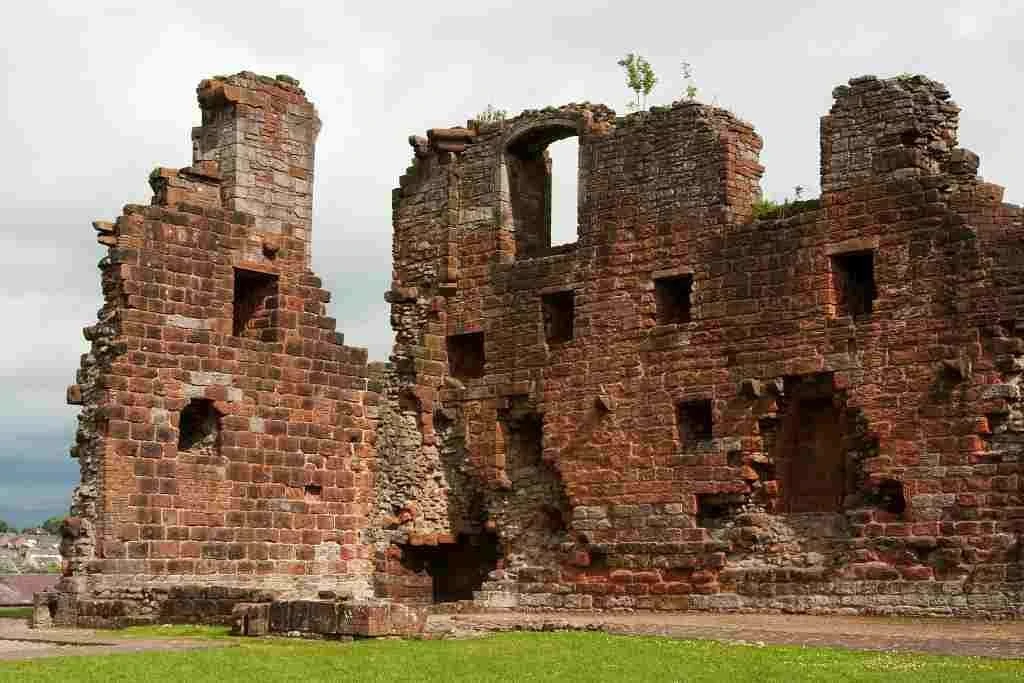
Originally a humble tower house, Penrith Castle became a Royal castle after it was substantially fortified by the Earl of Westmorland in the 15th century, becoming a Royal castle when Richard Duke of Gloucester took the throne becoming Richard III in 1483, however just 2 years later he was killed in battle leaving the Royal castle empty.
By 1580 the castle stood in ruin. Walking around the castle ruins today you can see the v-shaped ditches and partial remains of the red-brick castle walls.
Where: Penrith
When: 14th century
Style: Medieval
Open for visit: Grounds open dawn til dusk. Check here for more information.
10. Sizergh Castle
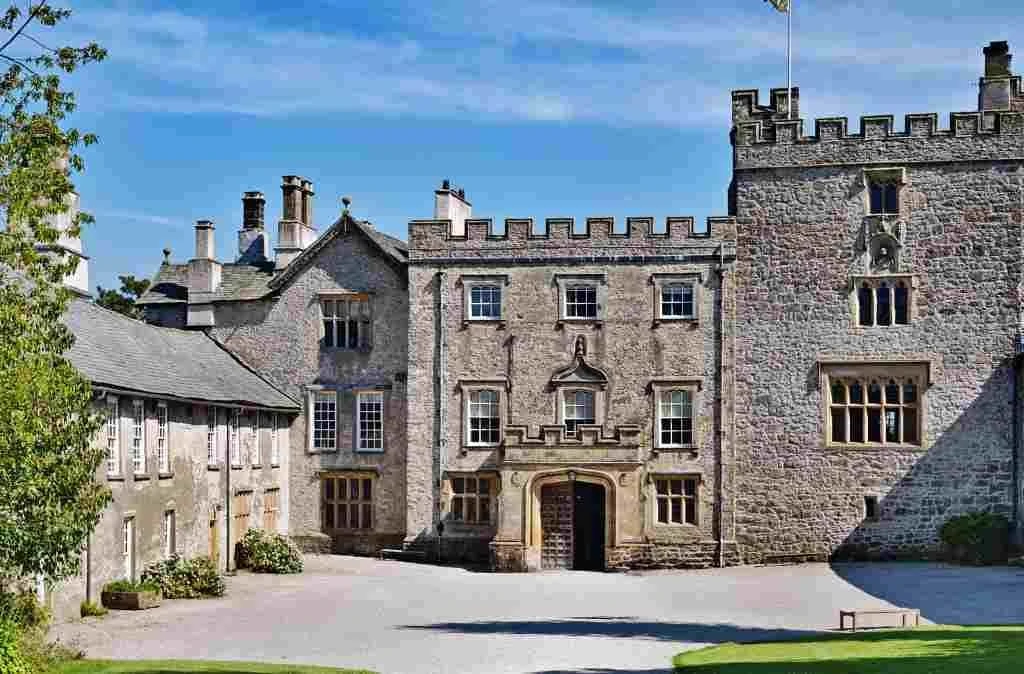
The Hornyold-Strickland family has lived in this stately home for more than 750 years. Built in the 14th century, the house was originally called Sizergh Hall but was extended during the Tudor reign, at which point it became a castle.
Step inside this historic home to see the furnishings and paintings of the family that has passed down through the generations before exploring the vast grounds, taking in the iconic view of the Solar Tower.
Where: Helsington
When: 14th century
Style: Medieval
Open for visit: Yes, check here for more information.
